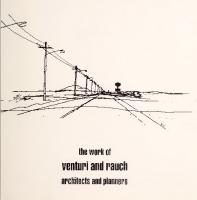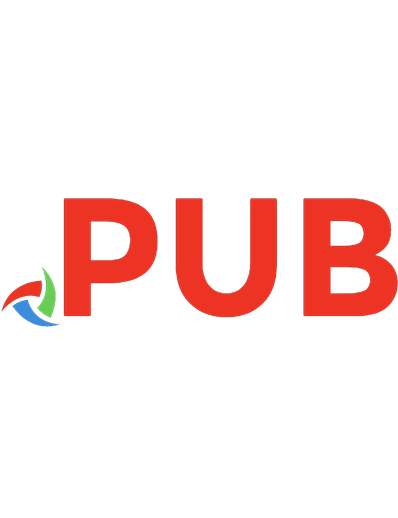Play in Creative Problem-solving for Planners and Architects [1° ed.] 1138120049, 9781138120044
In Play in Creative Problem-solving for Planners and Architects, "play" is defined, explored and demonstrated
513 59 17MB
English Pages 238 [239] Year 2016
Table of contents :
Cover
Title Page
Copyright Page
Table of Contents
List of figures
Dedication
Acknowledgments
Foreword
Introduction
Major Elements of the Book
The Integration of Creative Problem-solving and Object-learning through Play
CPS: Why is it Different from Normative Problem-solving?
Creativity in CPS
What Activates the Creative Aspect of CPS: Play in Object-learning as a Sensory Process
Challenges
Definition of Terms
1 Creative Problem-solving (CPS) for Design and Planning
Creative Problem-solving (CPS)
The Creativity Path: Whole Mind–Body Thinking
The CPS Process
What Makes CPS Different from Conventional Problem-solving?
An Example of CPS in the Design/Planning Context
2 Object-learning through Play: Object-learning, Constructivism, and Self-learning through Symbolic Play
Object-learning
Constructivism and Play
Object-play: The Activity-vehicle for Object-learning
Play
Motivational Aspects of Play and Creativity
3 The Gifts of Friedrich Froebel
Kindergarten: The Children’s Garden
Kindergarten: Playtime and the Froebel “Gifts”
The Twenty Gifts of Froebel
The Froebel Kindergarten’s Impact on Art and Design
The Importance of Froebel’s Gifts to Contemporary Designers and Planners
4 How do Designers Play?
How Do Architects and Artists Play?
Interviews with Regional Architects, Designers, and Artists
An Enjoyable Experiment
5 Setting the Stage—Play Environment
Advantages of the Studio Process
Studio Principles and Methodologies: Environment, Process, Culture
6 Object-learning with Play-tools/Skills
Skill Development
Learning with Symbolic Objects
Let’s Play: Exercises in Meta-play
Symbolic Object-play
Symbolic Objects
Symbolic (Spatial) Reference Guides: The Grid
Paper
Cardboard
Wood Blocks
Playskool and other Wood Blocks
String and Yarn Materials
Plastic Blocks
Clay (Modeling) and Wax
Metal
Sculpture
Drawing
Painting and Pastels
Watercolor
Pastels, Pastel Pencils, and Crayons
Models
Spatial Movement as Play
Games and Gaming
7 Object-learning Applications in Design and Planning
CPS Object-learning and Play Applications
The Semiotic Diagram
Techniques for the Semiotic Diagramming Process
Play Applications for Brainstorming
Internal Team Brainstorming
Public Interactive Brainstorming
Design Intensives or Charrettes
Case Study One: Sechelt Vision Plan, Sechelt, BC, Canada
Case Study Two: Project Safe Haven—Tsunami Vertical Evacuation on the Washington Coast
Development and Building Typologies
Object-learning Activators for Play-activities
Experiments in Object-learning Play
Mixed Symbolic Object Compositions
Drawing as Object-learning
8 Integration of Digital Technologies and Crafting Processes
Divergent Thinking
Convergent Thinking
Some Final Thoughts . . .
Appendix: Suggested Exercises in Object-learning Play
Notes
Bibliography
Index
![Play in Creative Problem-solving for Planners and Architects [1° ed.]
1138120049, 9781138120044](https://dokumen.pub/img/200x200/play-in-creative-problem-solving-for-planners-and-architects-1nbsped-1138120049-9781138120044.jpg)









